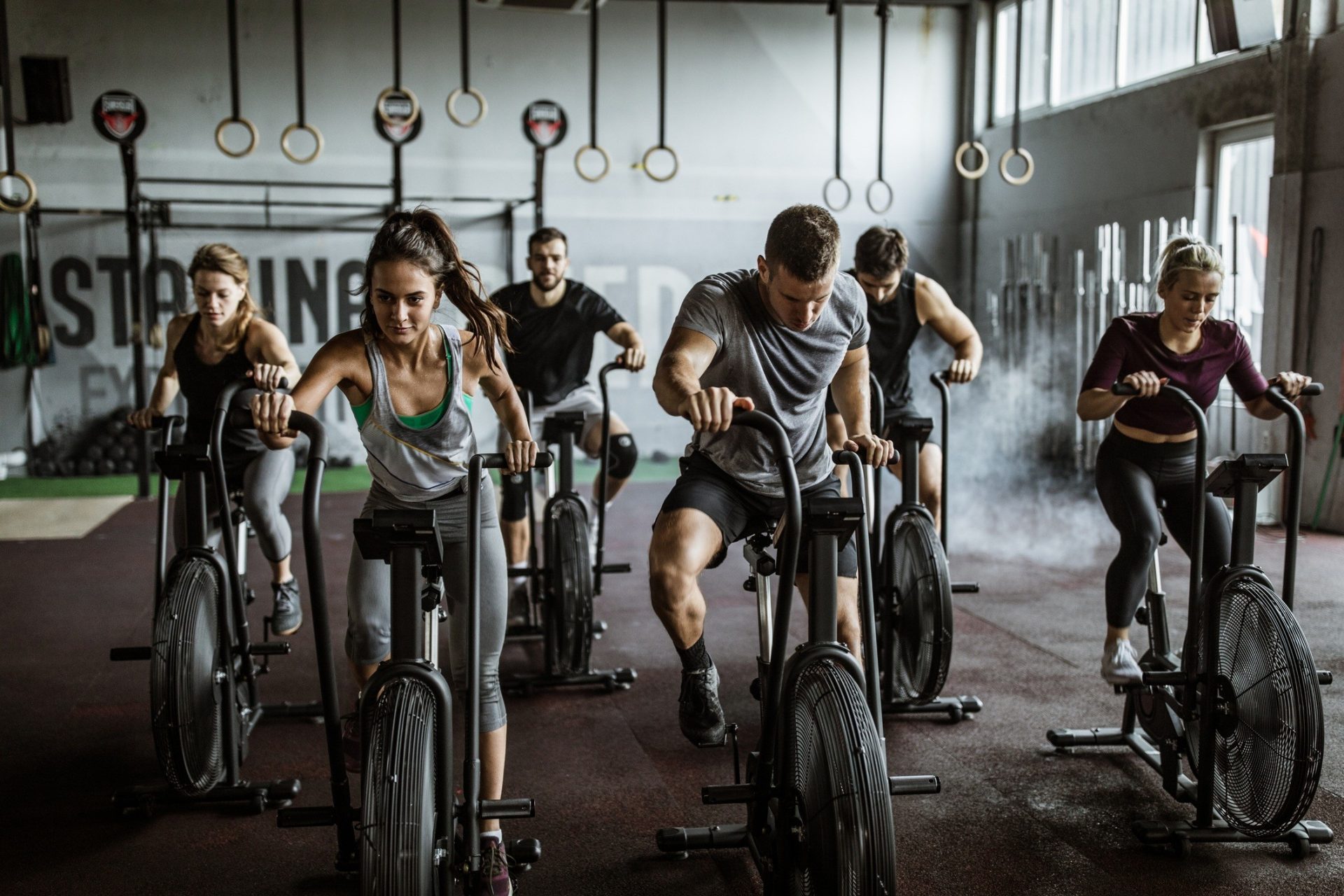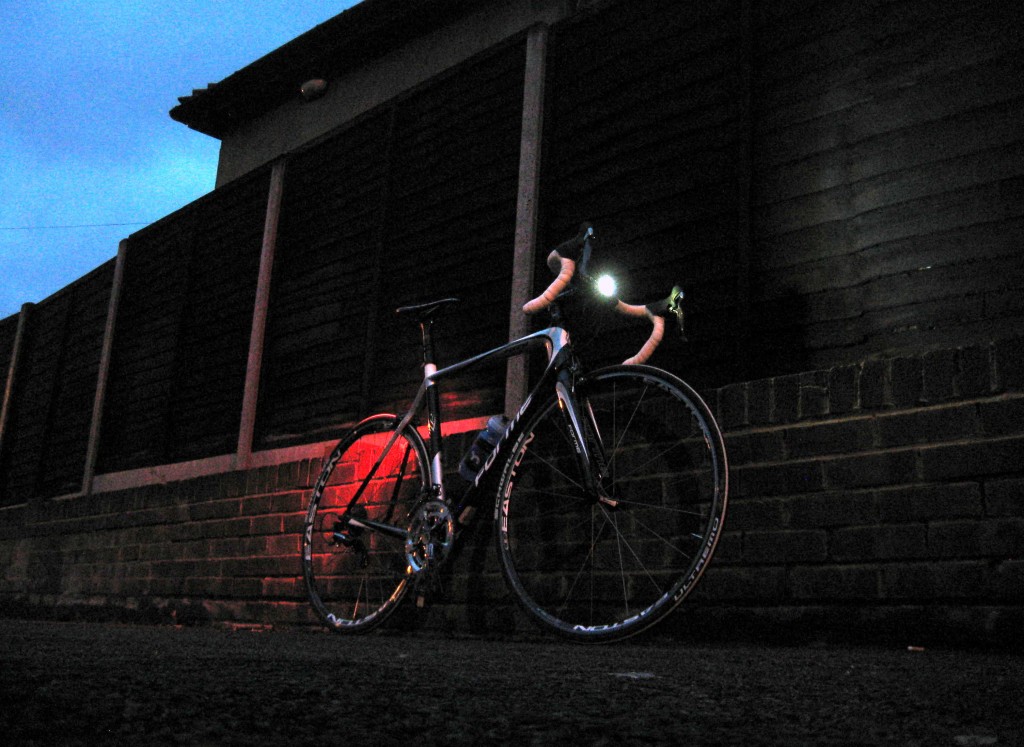Cycling transforms into a great low-impact exercise that can also transport you, combining a hobby, exercise, and commute all in one two-wheel package. Whether you’re flying across the pavement in the fresh air or working up a sweat on a stationary bike in your home, there are numerous advantages of 30-min cycling everyday, so read on to learn more.
Body effects of 30 minutes cycling everyday
-
It’s a strength and cardio workout in one
Whether on a stationary bike or an outdoor route with varying elevations, you’ll get a mix of fast sprints and strong hill-climbs that work your body aerobically and anaerobically. While it’s easy to get a cardio workout on a bike, they are also a useful tool for developing lower body strength. Ride in the saddle with high resistance, and you’ll feel the burn all the way from your core to your calves.
-
Weight loss – Without the extreme diets
Cycling is one of the best ways to burn fat and lose weight all over your body. There’s a reason pro bikers are so trim. Depending on the intensity of your ride, an hour of cycling can burn up to a thousand calories.
Refueling has also never been more enjoyable; with the number of calories lost on your ride, you’ll need a few post-ride guilt-free indulgences to bring your calories and energy levels back up to speed. In fact, an hour or more of cycling will kickstart your metabolism, causing you to burn calories faster than you can replenish them.
You also don’t need a highly structured workout to begin losing weight. Spin classes are great, but riding your bike to work instead of driving will do so much more for your overall fitness and weight loss.
Cycling to work has been shown to be one of the most effective methods of losing weight. According to one study, people who switched from driving to cycling lost seven kilograms on average over the course of a year when riding only 30 minutes each way.
See also: How Can We Make An Efficient Cycling Weight Loss Plan?
-
Enhances muscles
While you may believe that cycling is only good for your legs, it is actually a full-body workout. Balance and uprightness on a bicycle, for example, reinforces and tones the muscles in your stomach region.
Guiding the bike also encourages you to develop the muscles in your arms and shoulders, and don’t forget about the leg muscles, which play an important role in cycling.
When cycling, you use your butt muscles and glutes, as well as your lower leg muscles, quads, and thighs, to push down on the bicycle pedals. When you’re swimming backstroke, upstroke, or accelerating, you’re using flexor muscles in your hips, hamstrings, and thigh.
-
Increases flexibility
One of the most important aspects of staying fit and avoiding injury is flexibility. If you have a stiff lower body, cycling is the best option for you.
Cycling helps maintain flexibility by loosening quadriceps, hamstrings, and calves. Being flexible will not only make you feel lighter, but it will also improve your posture and balance.
-
It’s easy on your joints
When you sit on your bike, your weight is distributed to the bones in your pelvis, as opposed to walking or running, where your weight is distributed to your legs, knees, and feet.
Cycling has been shown to improve the condition of elderly patients suffering from knee pain and osteoarthritis. It is gentle on the body while still packing a punch, and it also improves posture and coordination.
-
The low-impact cardio is nice on your knees
Increasing your heart rate does not have to be painful on your joints. Cycling, as opposed to running or plyometric workouts, provides low-impact cardio. The pedals and resistance relieve pressure on your knees and hips, allowing you to concentrate on building muscular strength.
-
Better balance and co-ordination
Cycling also helps with balance and coordination. These characteristics aid in aspects such as body awareness and reaction time. Balance and coordination aid in the prevention of falls, which can lead to a more serious injury later on.
-
Reduces back pain
Cycling improves posture, and the cyclic movement of the leg stimulates muscles in the lower back. This is the most common location for slipped discs. As a result, your spine is strengthened and protected from external stresses.
Cycling, in particular, can stimulate the small muscles of the spine, which are difficult to stimulate with other exercises. Back pain and other spinal problems can be reduced as a result of this.
Trainer tips for sustaining your cycling everyday routine
So, now that you’ve committed to cycling 30 minutes per day, you may be wondering how you’ll keep it up in the future! Experts offer some practical, easy-to-implement advice.
-
Add healthier foods to your diet
You’ll have more energy to work out if you eat healthier and incorporate nutrient-dense foods into your meals, according to Goodman. What is the significance of this? When you’re properly fueled, you’ll be able to work out on a daily basis and cycle at a higher intensity with more resistance.
-
Mix up indoor and outdoor cycling
Although Sayer does not believe there is a significant difference between cycling indoors and cycling outside, switching between indoor and outdoor workouts at least seasonally is a simple way to add variety to your routine.
-
Find a cycling buddy
Sayer recommends cycling with a friend to hold each other accountable and to “support each other, which will make it more fun.” If your friend isn’t nearby, don’t worry – you can also hop on a call while cycling together, keeping each other virtual company during each session!
Finally, before you go. Take one more look at the time? How long have you been reading? This time tomorrow you could have put that time towards another 30 minutes cycling everyday to help better your health and well-being. Thanks for reading.
Read more:
Cycling Tips: Basic Skills to Make Riding More Fun
9 Expert Tips On How To Handle Cycling Knee Pain









